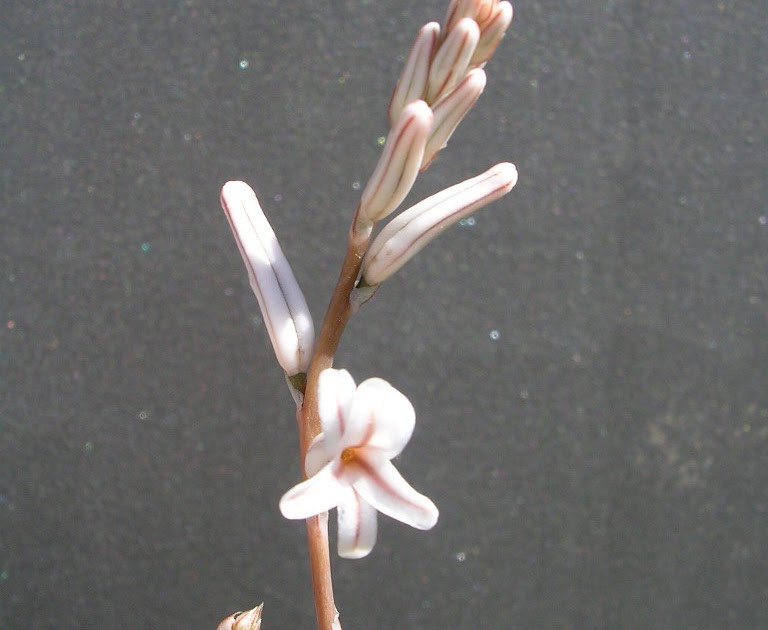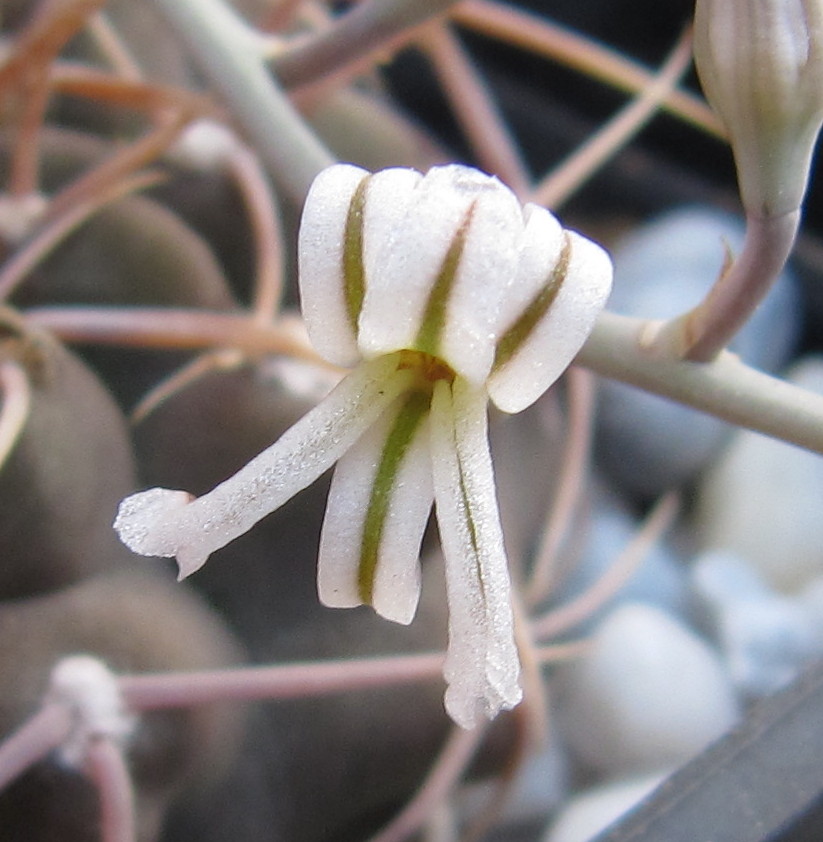Haworthias plants are succulent plants, not very large, up to about 20 cm in height and up to about 10 cm in diameter, but very beautiful and decorative.

The name is taken from the English botanist, Haworth. They are originally from South Africa.
They belong to the Liliaceae family and are easy to hybridize with the Gasteria and the Aloes.
Table of Contents
Types of Haworthias:
How are the Haworthias: Cares
They are perennial plants that grow solitary in their environment, South Africa and of which more than 100 species of the Xanthorrhoeaceae family are known.
They can range from hard, dark-colored leaves to soft leaves with whitish and / or translucent colors.
The Hawortias genus, includes many hybrids that are easy to grow plants, that grow without stem, with fleshy leaves generally, forming rosettes and that like all the succulents, sensitive to excess irrigation.

Haworthias are plants, which can be kept inside the home, with the need to have good lighting and ventilation. However, in spring-summer, it is advisable to remain outdoors. This way we avoid possible pests and diseases .
They are slow growing and form rosettes of leaves, which are usually covered with small whitish verrugosities or tubers, which give them an original appearance.
Correct lighting
The Haworthias need good lighting and ventilation, preventing the plant from having direct sun for a long time. The excess of sun can dry the leaves at the tip , although it can also be due to lack of irrigation.
It will also be observed that the excess sun, the leaves become whitish or yellowish.
The Haworthia in bloom
Flowering occurs from spring to autumn. They are not representative of the genre, but the plant itself is.

The flowers are very similar among the Haworthia species. They are striking species, since they give rise to long rods or spikes, up to 40 cm in length. This excessive length, with respect to the plant, causes them to bend and fall.
They are small, tubular flowers, with the shape of whorls, with green, white or pinkish side bands that open and form lips.

The flowers, which do not provide special beauty, if they are removed, will avoid the consumption of nutrients, from which the mother plant will benefit. It was not pruned.
How to water your Haworthia
The Haworthias need regular watering in spring and summer, but reduce it drastically in winter, depending on the ambient temperature.
They can withstand periods of drought, being succulent. In winter, reduce to one irrigation every two months.
Remember, that the substrate should be dried, before re-watering. Prevent the irrigation water from accumulating on the rosette. Avoid possible ponding of the substrate .
Adequate temperature
The Haworthias support the warm conditions , not direct sun . Best semi-shade or penumbra in summer.
Winters can be cold. It tolerates up to 10ºC.
How to prepare substrate for Haworthias
For the good growth and development of our Haworthias, we will have to prepare a soil for cactus or earth for cactus.
Necessarily, the pot must have good drainage. The bottom of the pot should carry pebbles or conditions that facilitate drainage.

How to fertilize Haworthias
The Haworthias has good activity of development and flowering, almost all the year. The plant should be fertilized in spring-summer.
In this case, use fertilizers with Nitrogen, Phosphorus, Potassium and Magnésium. Also microelements (metals), such as Iron, Manganese, Boron, Copper, Zinc, Molybdenum, etc.
However, in winter, you must rest and therefore we will not give any and we will just water the plant.
How to multiply the Haworthias.
It can be reproduced with seeds or with shoots or shoots of the mother plant.
For the propagation of the Haworthias, it is best to use the own suckers of the plant, separating them with sharp razor and cutting next to the stem, to collect how many rootlets you can take with it.

Let the wound dry before re-planting, about 3 or 4 days.
In this case, plant in a pot, preferably with the same substrate as the mother plant and in a warm and sunny place. To control the irrigation well, without stagnations, better to pulverize until they take root.
Also, taking leaf cuttings, like many succulents.
Pests and diseases in the Haworthias.
The main pest suffered by the Haworthias are the woodlice. They tend to attack mainly the roots.
For this, it will be necessary if we observe that the plant loses vigor, remove the roots and look to see if they have been attacked by cottony cochineal.
If so, wash well with water and wipe with a cloth with alcohol, then apply a commercial product, to the effect.
In addition and as a precautionary measure, add to the irrigation water, a systemic product, appropriate to the plague of cottony cochineal.
As symptoms of disease , we have to observe if the leaves become soft and brown, which means excessive irrigation. Remove the affected leaves.
Another clear symptom is the lengthening of the leaves and the loss of the rosette form of the plant. Clear symptom of lack of illumination.







